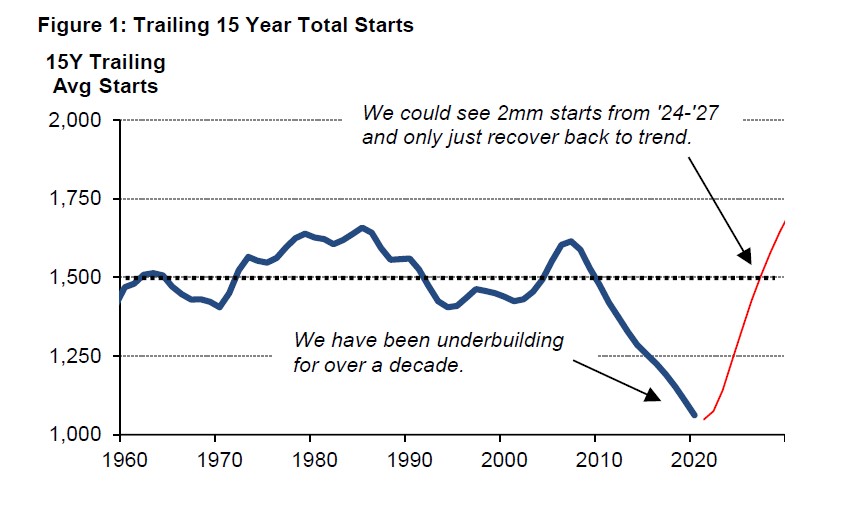Having spent years refining the "Wanna cut the cards for 10,000" test for measurement of real-life* toleration of loss it is hard to let it go but, well, this is the University of Chicago's Booth School of Business so who am I to argue?
"Have you been vaccinated?"
From ChicagoBoothReview:
Financial-risk preferences predict vaccine acceptance
The US Food and Drug Administration’s emergency authorization of three COVID-19 vaccines in a span of three months was welcome news to many who were eager to get inoculated; but for others, it spelled risk. According to polls in recent months, about a third of American adults, including some health-care workers, have reported being skeptical of the vaccines’ safety—or said they would refuse one if offered.
It’s generally accepted that health status, income, and race may influence vaccine hesitancy, but research by Vanderbilt’s Jennifer S. Trueblood, Chicago Booth’s Abigail Sussman, and Booth postdoctoral scholar Daniel O’Leary finds that aversion to financial risk may also predict vaccine hesitancy. Their study suggests that public-health messages that take risk tolerance into account could encourage vaccine take-up.
The researchers looked at data from surveys they conducted from June to December 2020, which asked respondents a range of questions, some pertaining to psychological variables, such as risk preferences, and others to attitudes and beliefs about the pandemic, such as openness to vaccines. For most of this time period, vaccines were still in the process of being tested and authorized, so efficacy and safety remained unknown. The surveys were given in waves, mostly weekly, and included more than 34,000 US participants in total.
The researchers were particularly interested in how likely respondents said they’d be to get a vaccine if it was authorized by the FDA on either a standard time frame or an expedited one. They correlated the responses with two measures of financial-risk tolerance: how regularly participants played the lottery and how likely they were to risk money in a theoretical gambling scenario....
....MORE
Hmmmm, I may have read that wrong and gotten the point of the story backward. But maybe not. Does the causality go both ways?
And which direction is the arrow of time pointed?
While I ponder those questions here's the front page of the Review:
Finance, Behavioral Science, Economics, all that stuff.
*Real-life, because in the abstract people think they will brave dragons and ninjas and lasers and shit.
Previously from the CBR:
"The 300 secrets* to high stock returns..."
"...*Caveat: Most of them probably won’t work"
"Text-reading machines can predict share prices"
Apparently not all bleepin' text readers....
Fama - French On the Shrinking Value-Stock Premium
"How bookies can outwit smart bettors: A solution to a fundamental problem for market makers..."
"A new explanation for stock market returns: Short memories"
And from UofChi's Capital Ideas blog, which was subsumed into the CBR:
"Are video games killing work for young men?"












